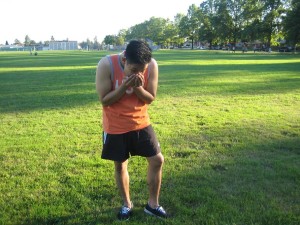Unlike with a diagnosis of the common cold, the flu is often diagnosed by a doctor based on the combination of its symptoms and a flu test. During the cold season, both common cold and the flu are prevalent conditions that affects individuals of all ages.
What are the indications?
If the individual experiences the symptoms, most usually end up in a doctor’s clinic at some point. The doctor will ask about the symptoms and how long he/she has been sick so that the next step is determined. The typical symptoms of the condition include the following:
- Cough
- Fever
- Body ache
- Fatigue
- Headache
If the individual experiences several symptoms and the cases are high in the area, the doctor might stop here. Depending on how long the individual has been sick and the risk for complications, antiviral medications can be given based on the symptoms and risk factors.

Testing for flu
Oftentimes, the doctor might decide if the individual requires testing for the condition. In most circumstances, this involves a throat or nasal culture and the test can be done in the doctor’s clinic. The results usually take about 15 minutes and some tests can inform the doctor if the individual has the type A or B while others only provide a negative or positive result.
Even though tests are useful, they are not considered definitive when making a diagnosis of the flu since false negatives are quite common. Even though the test turns out negative, if there are significant symptoms and there are high cases of flu in the area, the doctor might still diagnose the individual with the flu.
In some cases, more accurate tests can be carried out by specialized laboratories and can determine the exact strain of influenza responsible for the condition.
If an individual suspect that he/she has the condition, a doctor should be consulted within the initial 48 hours of the start of the symptoms. If a flu test is needed, it is more likely to be accurate if it is carried out during this period. In case antiviral medications are prescribed, they are highly effective if started within the initial 48 hours of the start of the symptoms.

